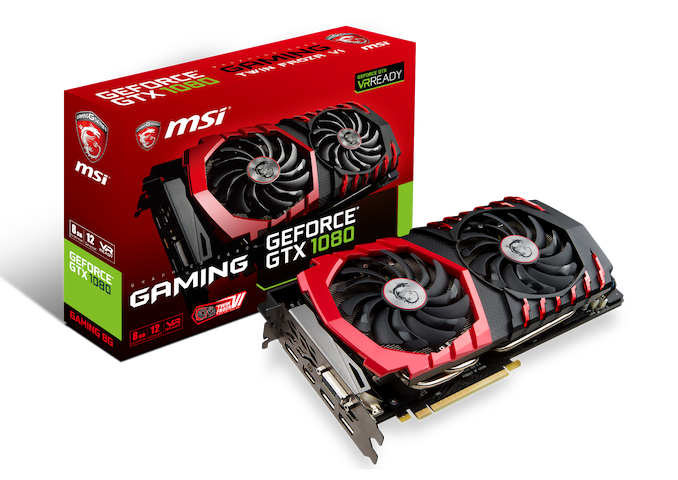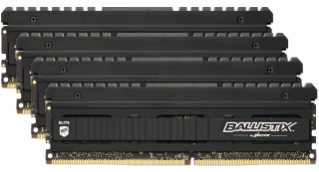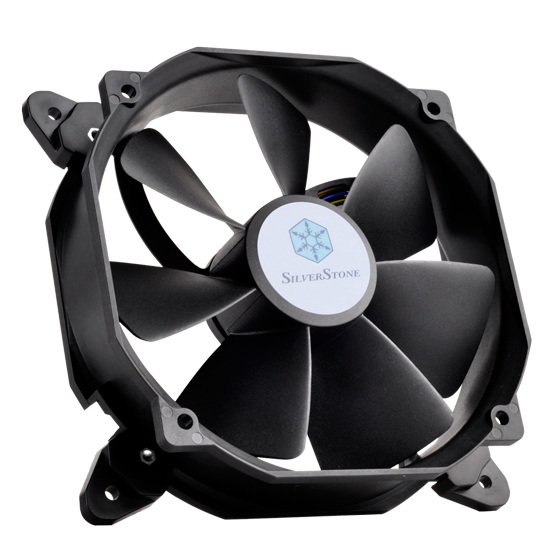The Intel Core i9-9900K at 95W: Fixing The Power for SFF
by Ian Cutress on November 29, 2018 8:00 AM ESTTest Bed and Setup
As per our processor testing policy, we take a premium category motherboard suitable for the socket, and equip the system with a suitable amount of memory running at the manufacturer's maximum supported frequency. This is also typically run at JEDEC subtimings where possible. It is noted that some users are not keen on this policy, stating that sometimes the maximum supported frequency is quite low, or faster memory is available at a similar price, or that the JEDEC speeds can be prohibitive for performance. While these comments make sense, ultimately very few users apply memory profiles (either XMP or other) as they require interaction with the BIOS, and most users will fall back on JEDEC supported speeds - this includes home users as well as industry who might want to shave off a cent or two from the cost or stay within the margins set by the manufacturer. Where possible, we will extend out testing to include faster memory modules either at the same time as the review or a later date.
| Test Setup | |||||
| Intel 9th Gen | i9-9900K i7-9700K i5-9600K |
ASRock Z370 Gaming i7** |
P1.70 | TRUE Copper |
Crucial Ballistix 4x8GB DDR4-2666 |
| Intel 8th Gen | i7-8086K i7-8700K i5-8600K |
ASRock Z370 Gaming i7 |
P1.70 | TRUE Copper |
Crucial Ballistix 4x8GB DDR4-2666 |
| Intel 7th Gen | i7-7700K i5-7600K |
GIGABYTE X170 ECC Extreme |
F21e | Silverstone* AR10-115XS |
G.Skill RipjawsV 2x16GB DDR4-2400 |
| Intel 6th Gen | i7-6700K i5-6600K |
GIGABYTE X170 ECC Extreme |
F21e | Silverstone* AR10-115XS |
G.Skill RipjawsV 2x16GB DDR4-2133 |
| Intel HEDT | i9-7900X i7-7820X i7-7800X |
ASRock X299 OC Formula |
P1.40 | TRUE Copper |
Crucial Ballistix 4x8GB DDR4-2666 |
| AMD 2000 | R7 2700X R5 2600X R5 2500X |
ASRock X370 Gaming K4 |
P4.80 | Wraith Max* | G.Skill SniperX 2x8 GB DDR4-2933 |
| GPU | Sapphire RX 460 2GB (CPU Tests) MSI GTX 1080 Gaming 8G (Gaming Tests) |
||||
| PSU | Corsair AX860i Corsair AX1200i |
||||
| SSD | Crucial MX200 1TB | ||||
| OS | Windows 10 x64 RS3 1709 Spectre and Meltdown Patched |
||||
| *VRM Supplimented with SST-FHP141-VF 173 CFM fans | |||||
We must thank the following companies for kindly providing hardware for our multiple test beds. Some of this hardware is not in this test bed specifically, but is used in other testing.


















101 Comments
View All Comments
duploxxx - Thursday, November 29, 2018 - link
Interesting in a way that there are so many people that always believe in benchmarking and that in real world all cores are always idle....The world of wonders. Artificial TDP, turbo modes and decreased frequency when running multiple cores. All to fool consumers and benchmark believers.
Very nice review. Now the question:
can this also be tested on a Ryzen 2700 and a 8700K and a 9900. Put all 3 albeit in a different setup on a stock or even reduced cooling device and see how they behave....
olde94 - Thursday, November 29, 2018 - link
I see why you are intested, but both 2700 and 8700k are actually quite close in power use to their rated TDP. The issue was that the 9900k wasn't at all. If you see the power/performance graph on the last page, i think you have your answer ;)notashill - Thursday, November 29, 2018 - link
It's almost a very nice graph but could really stand to have a few more CPUs labeled. I mean even the literal headlining CPU that the entire article is about isn't labeled.And trying to compare to the POV-Ray results earlier in the article either a bunch of the CPUs are missing or the scale on the chart does not actually match the labels.
duploxxx - Thursday, November 29, 2018 - link
according anandtech measurements:2700x 105w rated buring 117.18
8700k 95w rated buring 145.71
9900k 95w rated burning 168.45
so no i ma not kidding. even the 8700k will have reduced performance with real tdp limit vs glorious benchmarking with best of best mobo and cooling.
4800z - Thursday, November 29, 2018 - link
No the 9900k and 8700k would have no lower performance on games. This only comes up when maxing out all cores for things like cinibench.TheinsanegamerN - Thursday, November 29, 2018 - link
Unless a game pushed those TDPs up. Games that can use many cores at once, like CIV and battlefield. You know, two minor franchises nobody would notice.....rhysiam - Friday, November 30, 2018 - link
There's a big difference between starting to use 6-8 cores (like Civ & BF) and hitting all those cores with a heavy load for a sustained period. Show me a game benchmark that has the 9900K literally doubling the performance of a 7700K and then you'll have a game that can push the 9900K well past its 95W tdp.Game streaming from a single PC would certainly do that, but I'd hopefully streamers are doing some research and choosing hardware carefully.
To be clear, I'm not defending Intel here, the tdp figure has become a joke, but we're a long way from this being a widespread issue for gaming workloads.
mr_fokyou - Thursday, November 29, 2018 - link
not if you are streaming while gaming than you are very much bottlenecking 9900k if u force TDP limitsbananaforscale - Saturday, December 1, 2018 - link
You are assuming no game uses all the cores (or enough that they go above TDP). The assumption is incorrect now and it will become more incorrect as quad core becomes the minimum.Samus - Saturday, December 1, 2018 - link
I think it's totally insane a CPU can use 25-27% more power than its advertised rating. Sure, that includes more performance, but as a system builder this has got to be a liability if you are putting together, say, a little 1U rack for video encoding security camera feeds. You would use a specified CPU based on its performance AND advertised TDP rating, only to find out to GET that performance, it needs to go well beyond its TDP rating, which likely wont be possible in a tiny rack with a 1U cooler (I don't believe they make 1U coolers rated beyond 105W - and those are incredibly rare, most are 73w-88w)